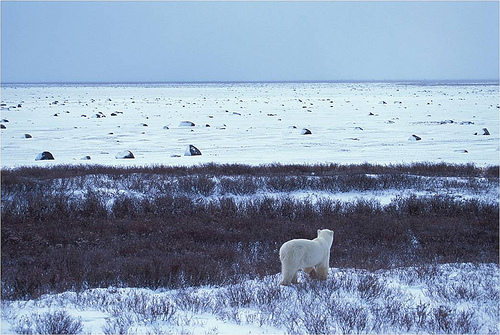Human-induced erosion as powerful as glaciers
Soil erosion in a wheat field near Washington State University. Soil erosion has always been a big problem for ecosystems, and often increases with decreased ecosystem health, such as the dry conditions often encouraged by climate change. We normally think of rivers and glaciers as the most powerful eroders, but a study out today in Nature Geoscience finds that agriculture…
